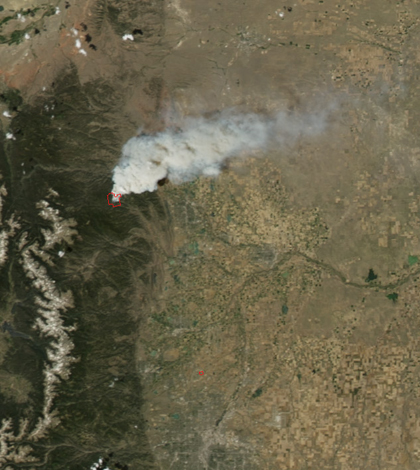Charting black carbon’s impact after forest fires

A team of scientists at Colorado State University is examining black carbon’s effects on soil and water following forest fires, according to a release. Black carbon, or soot, was recently named as the second biggest contributor to global warming, after carbon dioxide.
The yearlong study will look at the effects of soot left from High Park Fire, which burned near Fort Collins, Colo. in June 2012. Samples of soil, sediment and water are still being taken and the resulting data will be used in models to understand the environmental impact of black carbon in fire areas and nearby watersheds.
The study is funded through a $200,000 Rapid Response Research grant from the National Science Foundation, which was designed for time-sensitive studies.
Image: The High Park Fire captured from a satellite (Credit: NASA)




0 comments